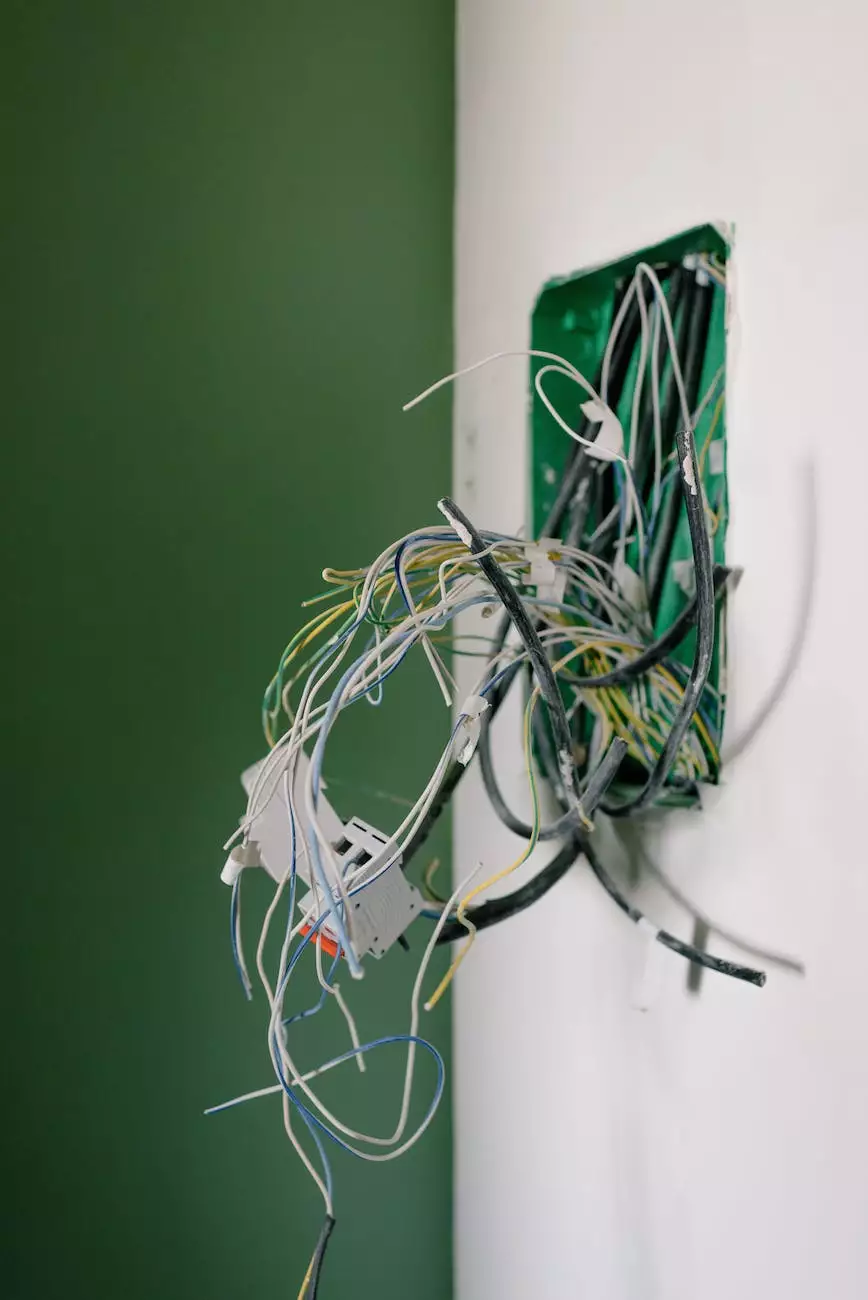Signs of a Silent Heart Attack - Piedmont HealthCare
Heart Health
Introduction
Welcome to Bowling Orthopaedics, your trusted source of information and resources for all things related to health. In this article, we will delve into the signs of a silent heart attack, an important but often overlooked condition that can have serious consequences if left untreated.
Understanding Silent Heart Attacks
A silent heart attack, also known as a silent myocardial infarction (SMI), occurs when a blockage restricts blood flow to the heart muscle. Unlike a traditional heart attack, silent heart attacks do not typically cause severe chest pain or other noticeable symptoms. This makes them particularly dangerous as they often go undetected until complications arise.
Recognizing the Signs
While silent heart attacks may lack the classic symptoms, there are still signs that can indicate an underlying issue. It's important to be aware of these potential warning signs in order to seek prompt medical attention:
- Fatigue: Feeling excessively tired or lacking energy, even without physical exertion.
- Shortness of Breath: Difficulty breathing or a feeling of breathlessness, especially during everyday activities.
- Mild Discomfort: Vague chest discomfort, pressure, or squeezing sensation that may come and go.
- Digestive Issues: Unexplained nausea, indigestion, stomach pain, or heartburn.
- Upper Body Discomfort: Pain, numbness, or tingling in the shoulders, arms, jaw, or back.
- Dizziness: Feeling lightheaded or experiencing sudden bouts of dizziness.
High-Risk Groups
While anyone can experience a silent heart attack, certain groups are more susceptible. These include:
- Diabetics: Individuals with diabetes are at a higher risk due to underlying cardiovascular issues.
- Smokers: Smoking damages blood vessels and increases the likelihood of heart-related complications.
- Elderly Individuals: As we age, the risk of silent heart attacks tends to increase.
- Family History: A family history of heart disease or heart attacks may predispose an individual to silent heart attacks.
- Previous Heart Issues: Those who have had a heart attack or other heart problems in the past are more prone to silent heart attacks.
Diagnosis and Treatment
Due to the absence of obvious symptoms, silent heart attacks can be challenging to diagnose. However, they can often be detected through tests such as electrocardiograms (ECGs), echocardiograms, and blood tests that measure cardiac enzyme levels.
Early detection is crucial for preventing further damage and reducing the risk of future heart attacks. If a silent heart attack is diagnosed, treatment may involve lifestyle changes, medication, and cardiac rehabilitation. Consulting with a healthcare professional is essential for proper management and prevention strategies.
Prevention and Lifestyle Modifications
Preventing silent heart attacks involves adopting a heart-healthy lifestyle. Here are some tips to reduce your risk:
- Maintain a Balanced Diet: Eat a variety of fruits, vegetables, whole grains, lean proteins, and healthy fats.
- Exercise Regularly: Engage in at least 150 minutes of moderate-intensity aerobic activity per week.
- Avoid Smoking and Limit Alcohol: Quit smoking, and if you drink alcohol, do so in moderation.
- Control Your Blood Pressure and Cholesterol: Monitor your levels and work with your doctor to manage them effectively.
- Manage Stress: Find healthy ways to cope with stress, such as meditation, exercise, or hobbies.
- Get Regular Check-ups: Routine medical check-ups can help identify potential risks and detect silent heart attacks early.
Conclusion
Being vigilant and educated about the signs and risks associated with silent heart attacks is essential for maintaining optimal heart health. If you or a loved one experiences any of the aforementioned symptoms, seek medical attention immediately. Remember, early detection and proper treatment can save lives.




